Edexcel A Level Maths- Paper 1
1/86
There's no tags or description
Looks like no tags are added yet.
Name | Mastery | Learn | Test | Matching | Spaced |
|---|
No study sessions yet.
87 Terms
integrate sinx
-cosx + c
integrate cosx
sinx + c
integrate sec^2 x
tanx + c
integrate cosecxcotx
-cosecx + c
integrate cosec^2x
-cotx + c
integrate secxtanx
secx + c
cot^2 x
cosec^2 x- 1

tan^2 x
sec^2 x - 1

sin^2 x
1 - cos^2 x

sin^2 x
1-cos2x/2
cos^2 x
1+cos2x/2
1/x
ln IxI + C
Differentiate sin x
cos x
Differentiate tan x
sec² x
Differentiate cot x
- cosec² x
Differentiate sec x
sec x tan x
Differentiate cos x
- sin x
Differentiate cosec x
- cosec x cot x
Differentiate sin 2x
2 cos 2x
Differentiate cot 3x
- 3 cosec² 3x
Differentiate sin² x
2 sin x cos x
Differentiate cos 0.5x
- 0.5 sin 0.5x
Differentiate sin x cos x
cos 2x
Differentiate 2cos0.5x
-sin0.5x
1 + tan2θ
= sec2θ
cot2θ + 1 = cosec2θ
= cosec2θ
Sin2θ
2sinθcosθ
Cos2θ
cos²θ-sin²θ
2cos²θ-1
1-2sin²θ
Tan2θ
2tanθ / (1 - tan²θ)
How do you write a rational number in a proof?
a/b
What does y=|f(x)| do?
Reflects values below the x-axis in the x-axis
What does y=f(|x|) do?
Reflects values of x≥0 in the y-axis
Arithmetic sequence formula
a₁+(n-1)d
Geometric sequence formula
uₙ = arⁿ⁻¹
Convergent geometric series
Convergent if |r|<1 where r is the common ratio
Periodic sequences
Sequence is periodic if terms repeat in a cycle
Vectors and angles
If the vector a = xi + yj + zk makes an angle θₓ with the positive x-axis, then cos(θₓ) = x/(|a|) and similarly for the angles θᵧ and θz.
Radian to degree conversion
1 radian = 180°= π
Arc length
l=rθ
Area of a circle sector
a=1/2 x r²θ
Arcsin(x) Graph

Arccos(x) Graph
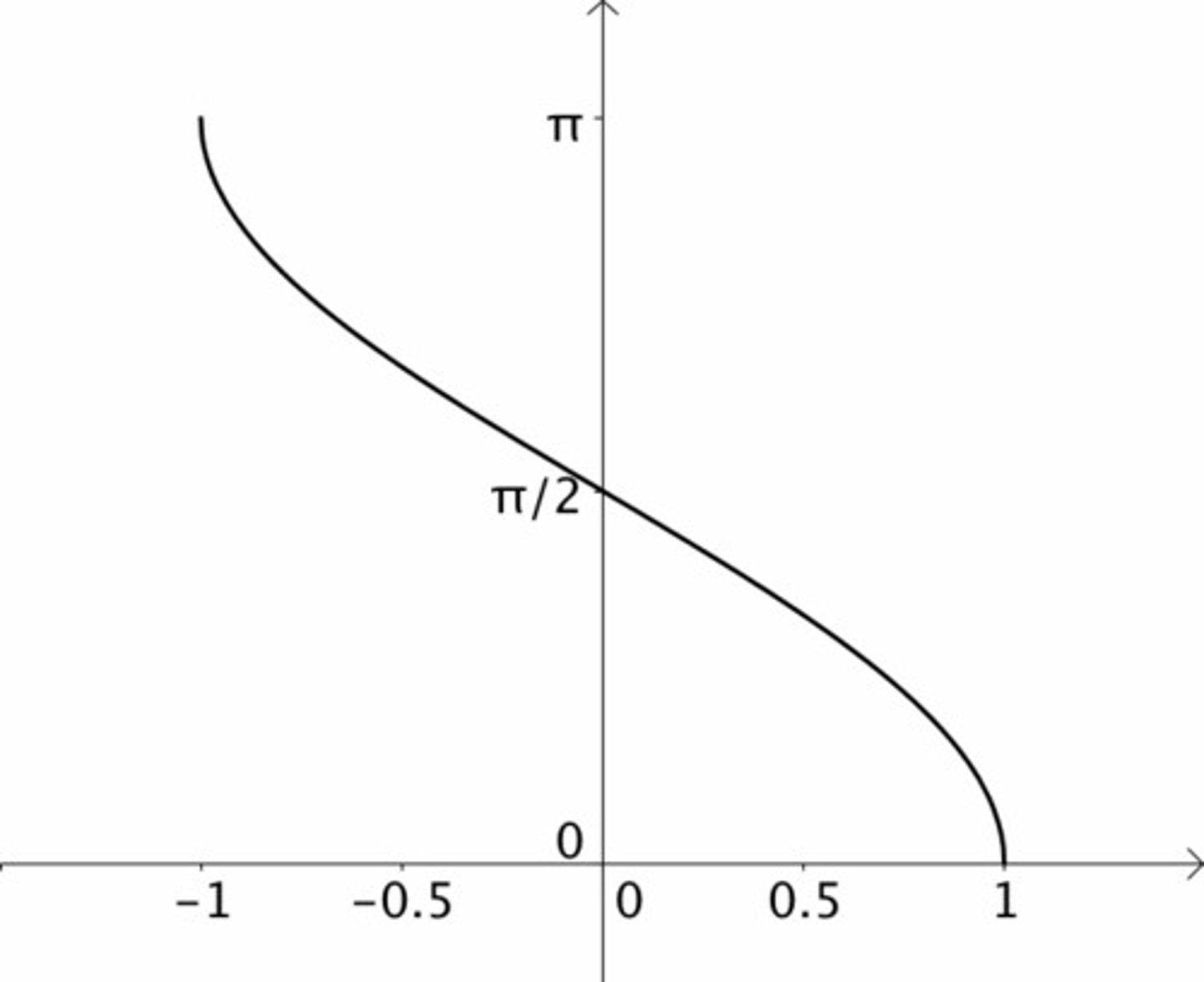
Arctan(x) Graph
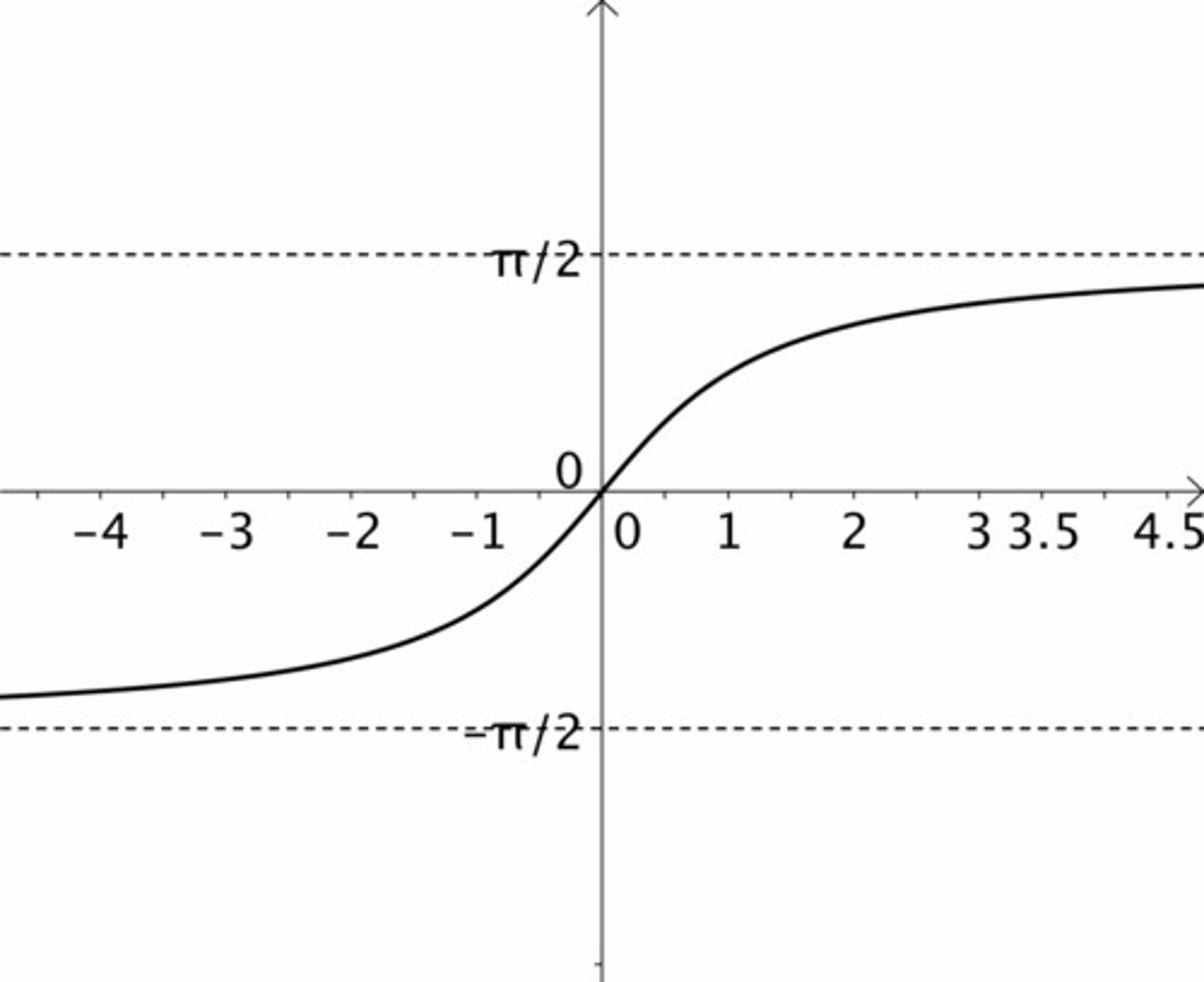
Differentiating y = eᵏˣ
dy/dx = keᵏˣ
Differentiating y = ln(x)
dy/dx = 1/x
Differentiating y = aᵏˣ
dy/dx = (aᵏˣ)kln(a)
The Chain Rule
dy/dx = dy/du x du/dx
The Product Rule
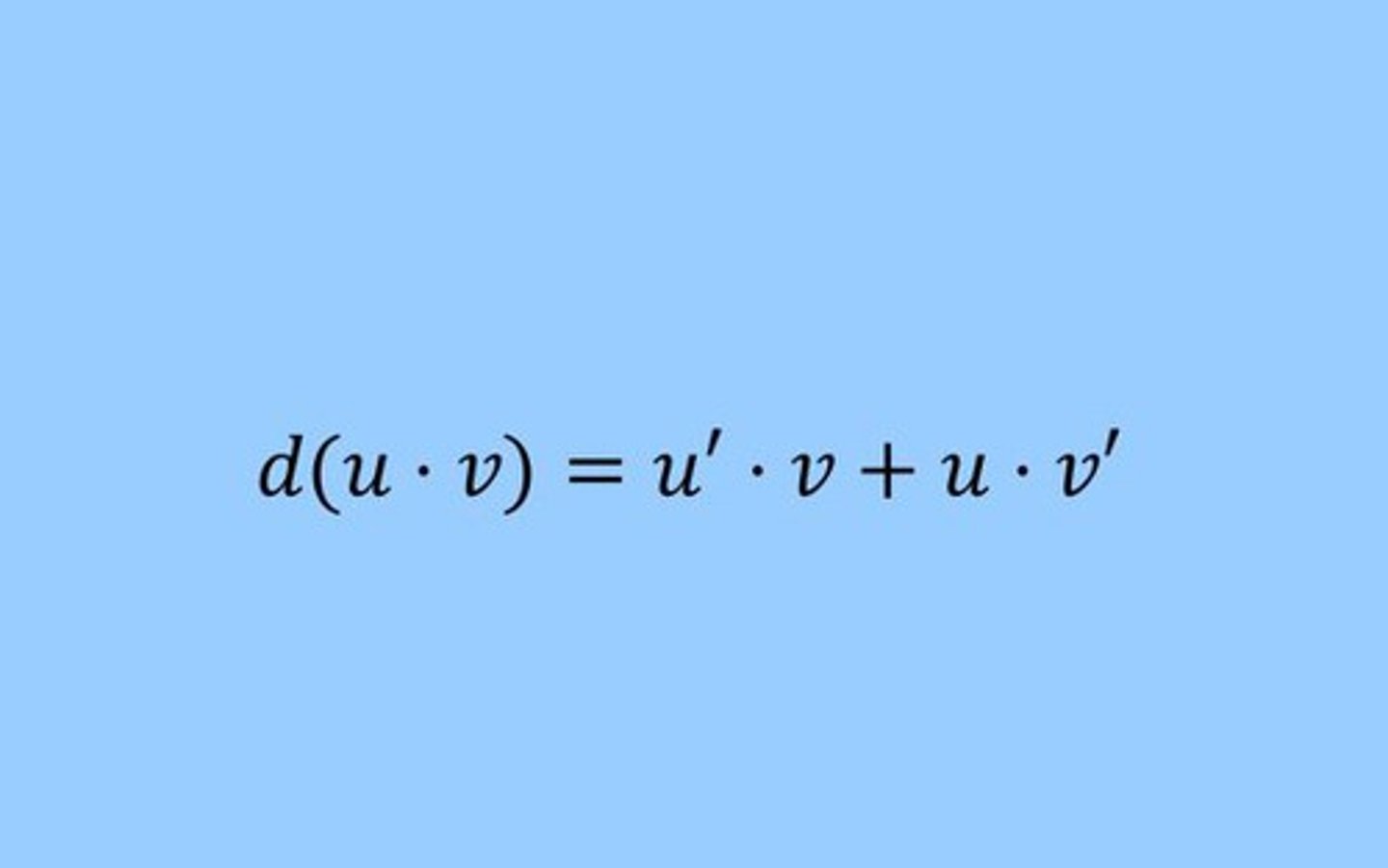
The Quotient Rule

Differentiating parametric equations

Implicit differentiation

Concave function
f(x) concave if f''(x) ≤ 0 for all values of x in that interval
Convex function
f(x) concave if f''(x) ≥ 0 for all values of x in that interval
Point of inflection
Point at which f''(x) changes sign
∫ eˣ dx
eˣ + c
∫ 1/x dx
ln(x) + c
∫ sin(x) dx
-cos(x) + c
∫ cos(x) dx
sin(x) + c
Integration by parts
uv - ∫ v(du/dx) dx
1 + tan² θ

cot² θ + 1

tan θ
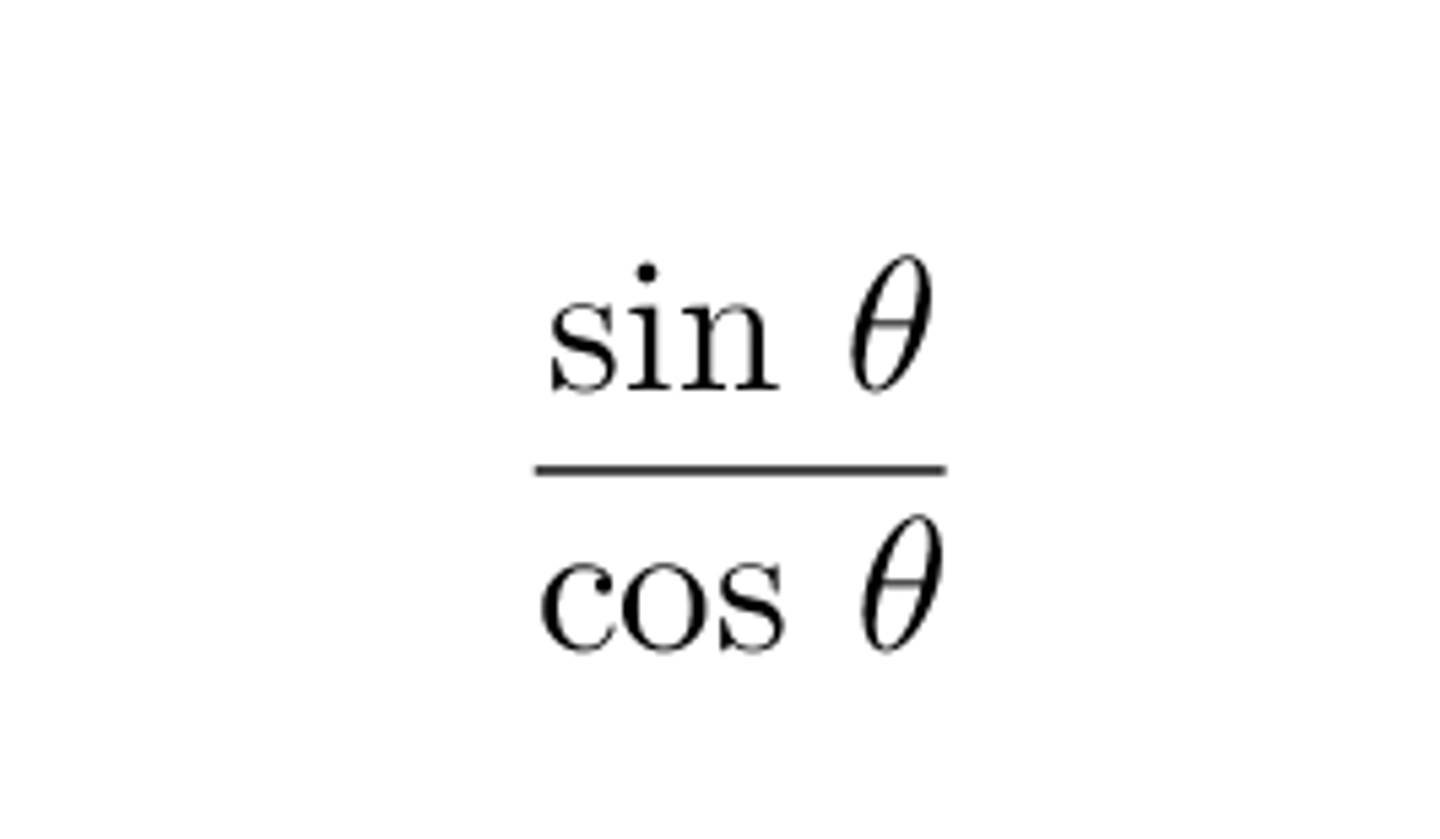
cot θ
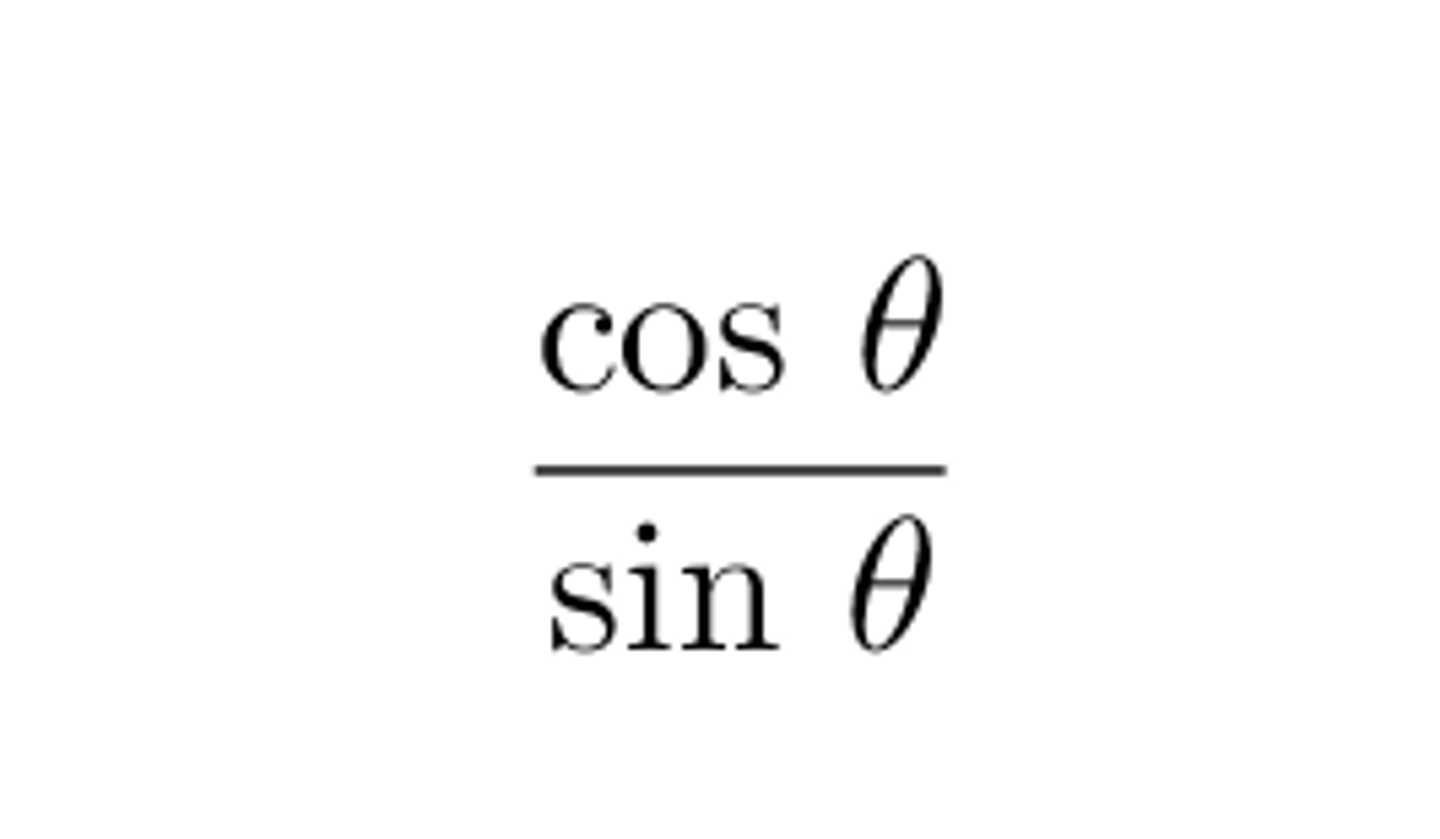
tan² θ
sec² θ - 1
1
sec² θ - tan² θ
cot² θ
csc² θ - 1
sin²θ+cos²θ=?
1
sec²x-1
tan²x
sec²x-tan²x
1
sin²x
1-cos²x
cos²x
1-sin²x
cot²x+1
csc²x
csc²x-cot²x
1
Pulley is smooth
- no friction
- therefore tension is uniform
String is inextensible
- acceleration is constant
string is light
- mass is negligable
linear regression
- do not extrapolate data
- should not use the linear regression line to find a value of x for a given y
experiment
- repeatable process
- rise to number of outcomes
event
A collection of one or more outcomes of an experiment
sample space
the set of all possible outcomes
Mutually exclusive events
P(A or B) = P(A) + P(B)
- cannot occur at same time , no overlap
independent events
P(A and B) = P(A) x P(B)
Probability mass function for B(n,p)
P(X = r) = (nCr)p^r(1-p)^n-r

Model using binomial distribution when:
- fixed number of trials
- two possible outcomes
- fixed probability of success
- trials are independent of eachother
product moment correlation
Describes the linear correlation between two variables and takes a value between -1 - 1
-1 - strong negative correlation
0 no linear correlation
1 strong positive correlation
Explain why a linear model may be appropriate to describe the relationship between x and y.
As the points lie reasonably close to a straight line
Reliable estimate
when interpolation is used